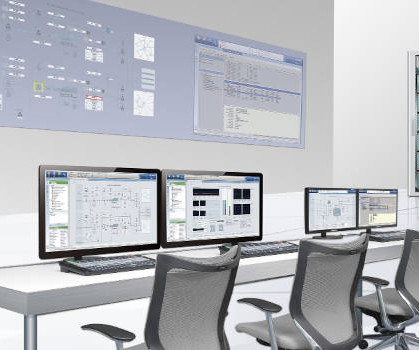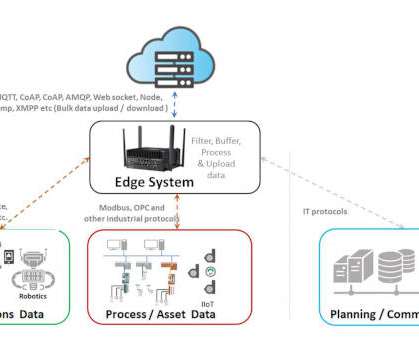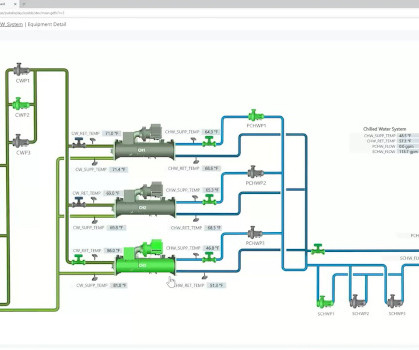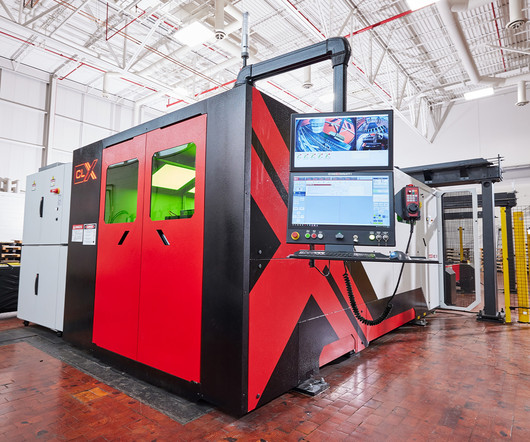Is Industry 4.0, smart manufacturing working for you?
Control Engineering
JULY 12, 2023
smart manufacturing and digital transformation. Control Engineering asked these questions and others about smart manufacturing and digital transformation to Jeff Winter, senior director industry strategy, manufacturing, Hitachi Solutions, and an industry expert on Industry 4.0 initiatives. Understand Industry 4.0













Let's personalize your content